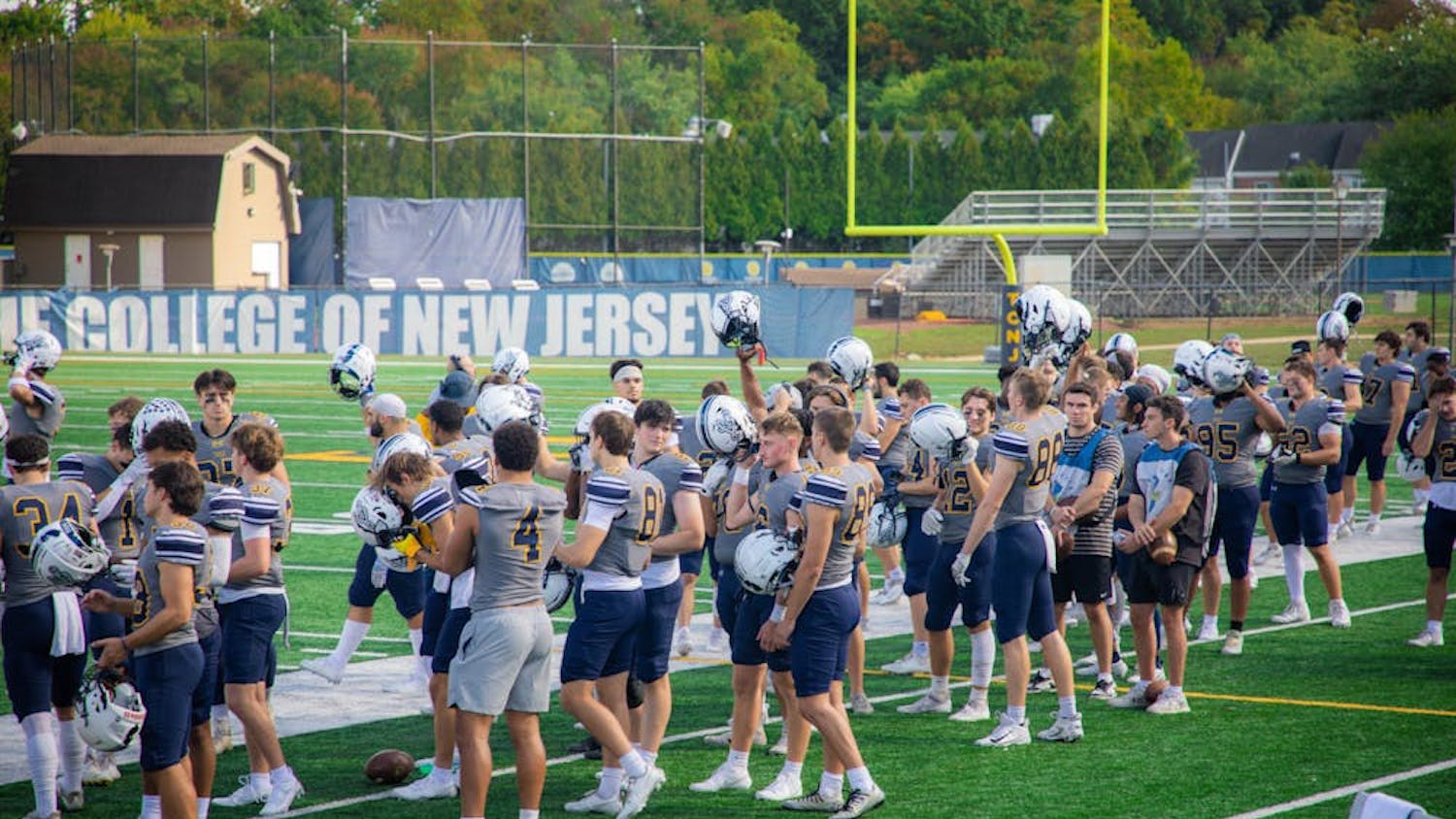By George Tatoris
Staff Writer
During one of the country’s countless high school football games last Friday night, in the small town of Washington, N.J., as students cheered from the rafters, the Warren Hills Regional High School quarterback — 17-year-old senior Evan Murray — was struck in the backfield during the second quarter. He was holding his side as he walked to the sidelines.
A short while later, he collapsed and was brought to Morristown Medical Center by an ambulance. There, he later succumbed to his injuries.

Doctors have since determined that Murray’s spleen had been swollen, and the heavy hits he sustained during the game had ruptured it.
Murray was one of three high school players to die from in-game injuries in September. The other two were Tyrell Cameron of Franklin Parish High in Winnsboro, La., who died of a neck injury and Ben Hamm of Wesleyan Christian School in Bartlesville, Okla., who passed after a week in a medically-induced coma from a head injury.
According to the 2014 Survey of Football Injury Research, of the six direct fatalities that occurred in a football game during the ’14 season, which include deaths related to tackling and head-to-head collisions, five were high school players.
Of the 10 indirect fatalities, which covers things like heart-related and deaths caused by heat stroke, eight were from high schools.
These numbers show a steep rise from the 2012 season, during which zero high school deaths were recorded.
As these numbers rise, people are asking the question — should we allow our kids to play this sport?
While Murray’s death has struck a chord with his small community, an online poll seems to indicate that the majority of people in the area do not think banning football is a viable solution.

According to a poll on Lehigh Valley Live’s website, almost 70 percent of the 793 people who voted said they still support keeping high school football as an option for students.
Although many would like a scapegoat, the deaths of these three young men were nothing but tragic accidents. If Murray’s spleen had not been swollen, he might’ve been able to walk away from those hits. The sport of football itself cannot be blamed for these problems.
Even so, the fact that high school football fatalities are so much higher than college and professional football fatalities indicates a problem under those Friday night lights.
Kevin Guskiewicz, founding director of North Carolina’s Sport-Related Traumatic Brain Injury Research Center, said the source of this problem lies in the players’ age.
A teenager’s brain is still developing, Guskiewicz told USA Today for an article about high school football fatalities last year, and so, while their bodies can take high-velocity hits, their brains become susceptible to concussions and serious brain injury.
These injuries can happen especially on a field of younger players who may not have the experience to perfect techniques.
In an interview on NJ 101.5 about Murray, ex-Giants punter Sean Landeta said that high school players are more cavalier about injuries, especially with something like an enlarged spleen.
He said if he were in high school and a doctor told him he couldn’t play due to an enlarged spleen, he would play anyway because he wouldn’t feel any pain.
“At that young age, you don’t realize how that’s something that could kill you,” Landeta said.
Murray was laid to rest Thursday, Oct. 1, while hundreds of mourners paid their respects. He was an honors student and also played on the school basketball and baseball teams.







